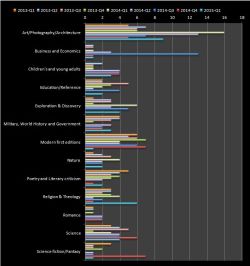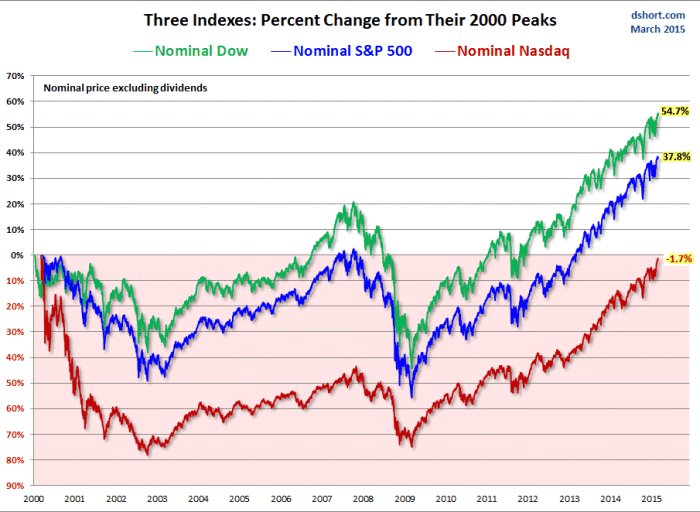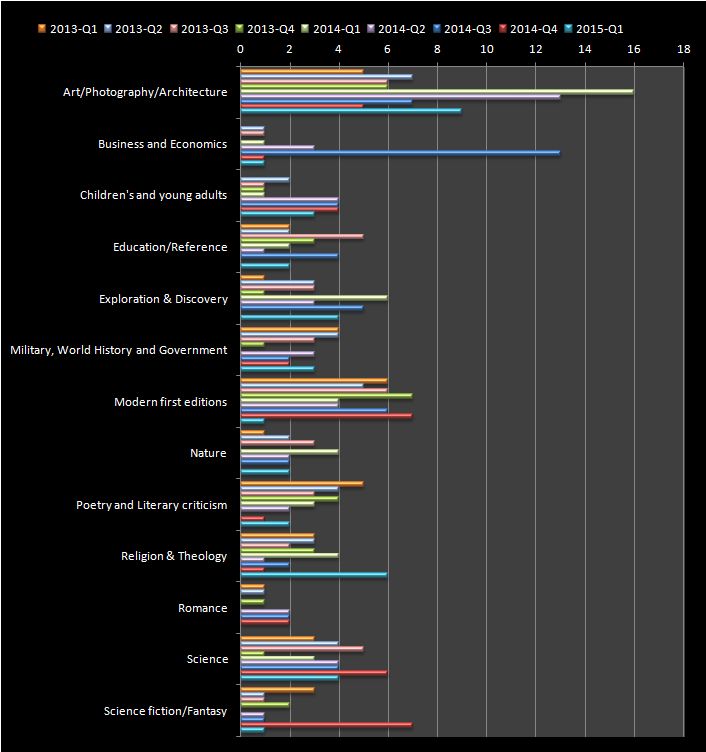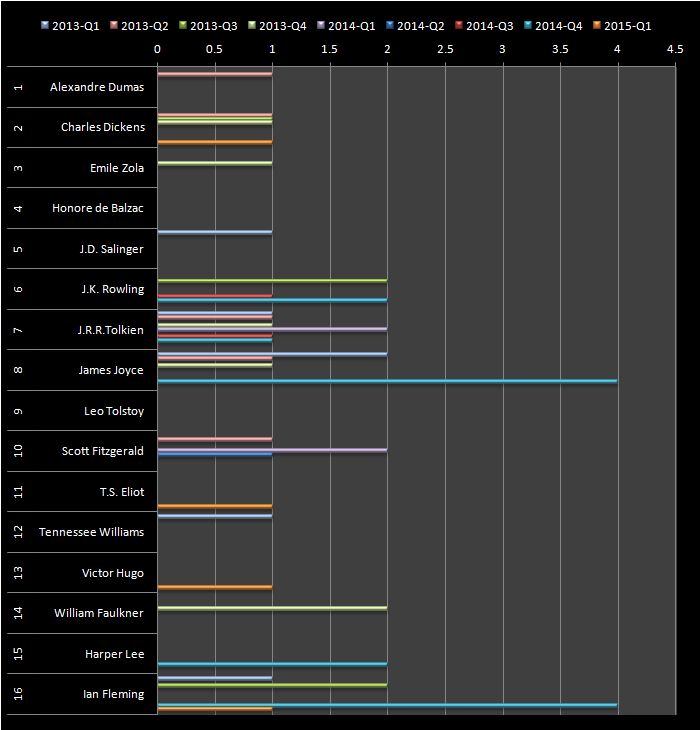Up until recent times, financial advisors have been reluctant to recommend “alternative” types of investments in collectibles, such as rare books, to their customers. Primary concerns circle around the factors of illiquidity, additional costs for storage, insurance, transportation and fraud. The lack of standard quantitative performance measurements comparing the long term returns of financial instruments such as stocks, bonds, treasury bills and even gold, to those of collectibles such as art, stamps, violins, wine and so forth, is also a significant concern. In recent years, some investment advisors have included collectibles in some of their clients’ portfolios in order to improve diversification and minimize risk.
Part of the difficulty in accepting collectibles as an investment is the lack of a standard measure for their performance. Any statistical measure of change has its own unique calculation methodology which is expressed in terms of a change from a base value. Unlike a stock index such as the Standard & Poor’s 500 or the DJ Wilshire 5000 which vary by number and size of the company stock included, a rare book index asset selection is quite challenging due to the heterogeneity inherent in rare books. There is a significant variation in quality and unique features (such as inscriptions, editions, provenance etc.), that complicate the tasks of benchmarking and measuring performance.
When financial analysts evaluate investment alternatives for their clients, they seldom consider the heterogeneity of collectibles as an opportunity to customize a fit to a particular risk-reward model. They approach such investments with the belief that no one knows how the whole market performs because this is not a transparent market. Consider the following nominal returns recorded in the US stock market since the highs of 2000 by three major indexes, courtesy of Advisor Perspectives.
These curves, without inflation adjustments, show how stock prices have performed over the last 15 years. The blue chip DJIA with 30 companies outperformed the S&P with 500 companies which outperformed the Nasdaq that includes approximately 5000 stocks. The technology heavy Nasdaq index is depicted to still register below its 2000 high.
Where would a rare book index place in a performance chart showing the last 15 years? The answer to that question could very well be – “it depends on which rare books are included in such an index.” Would such an index focus on the strongest part of the rare book market or try to include a larger number of titles, more like the 5000 included in the Nasdaq index? A potential, new investor is quickly turned away by the lack of trusted indixes, and the likelihood that performance results can be skewed depending on amounts and selections of books included in such an index.
The Rare Book Sale Monitor (RBSM) has been tracking the sales performance of “blue chips” for each of the major genre of rare books. Our author breakdown has focused on some of the most frequently traded authors from a number of time periods and nationalities. An attempt to create an all-inclusive, well-populated index is bound to diminish fluctuation of the peaks and valleys exhibited. On a smaller scale, some prices can be affected in the short term by cultural events, the death of an author, a new biography or film. But in the longer term, the demand will be set by larger forces, a long-standing cultural reassessment of an author’s work and their effect on our history and importance. In the very long run, generation preferences shift, affecting what is considered historically and culturally as important and may even have the reverse effect.
In 2014 our RBSM has recorded price increases for most of the genre and authors that we have been tracking, and 2015 is showing similar trends. While the RBSM index is not a measure of return on investment, it does capture the general trend that different types of rare books and some authors, are exhibiting through sales channels during each quarterly period.




{ 0 comments… add one now }